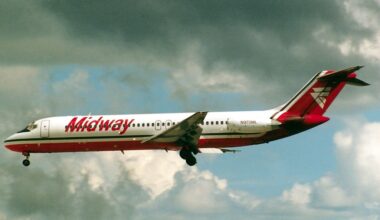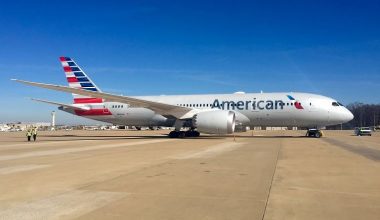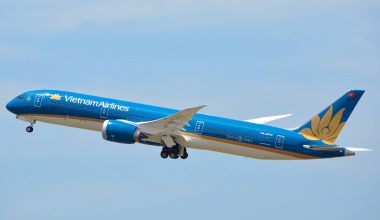Rolls-Royce has begun producing the world’s largest aero-engine, the UltraFan, and is now in talks with Boeing over its upcoming mid-market aircraft, the 797.
Rolls-Royce astonished the aviation industry two years ago by withdrawing from the competition to power Boeing’s 797 after announcing a £2.9 billion deficit due to costs to repair reliability flaws on its Trent 1000 engines.

The 797 is intended to be a twin-aisle 220-270 seat economy aircraft with a range of around 10 hours that fits between the smaller single-aisle 737/A320 aircraft and the larger 787/A350 designs.
The anticipated fuel efficiency of both the next-generation engine and the airframe adapted only for 10-hour missions has piqued the interest of the airline industry. Qantas CEO Alan Joyce declaring before COVID that Boeing will be “crazy not to do it.”
“On the document, we assume it’s a great aircraft that looks decent for what we prefer.
Over 20 years, the market for the 797 is estimated to be between 5000 and 7000 aircraft.
As Rolls-Royce announced its withdrawal from the race to power the 797 in 2019, it stated that it was “unable to commit to the proposed timeline to ensure we have an adequately mature product that supports Boeing’s vision for the aircraft and addresses our internal criteria for technological maturity at entry into operation.”
However, the disruption of COVID-19 has significantly altered the timeline landscape, and Boeing and Rolls Royce are now aligned on a 2026/7 entry into service.

The UltraFan test engine will be significantly larger than what Boeing requires, but it will give birth to a family of an engine with varying thrust levels.
However, the discussions indicate that Boeing is considering the larger of two 797 options that have been investigated.
Boeing considers both a single-aisle 200-240 seat aircraft and a twin-aisle 220-270 seat aircraft to fill this emerging and potentially large middle-market segment.
Although a single-aisle would be more economical, it would be more crowded because airlines want it to run for up to 10 hours, and travelers are now complaining about in a single-aisle 737 or A320, so a twin-aisle is the crucial focus.
In addition to more space, the twin-aisle 797 would provide significantly more overhead baggage space, which has become a critical issue, particularly in the United States, where passengers are loathed to check their bags.
The twin-aisle medium-range aircraft with seating for approximately 250 passengers is not a new concept, as both Boeing and its predecessor company McDonnell Douglas promoted it in the 1980s and 1990s.
The first UltraFan engine is currently being developed at Rolls Royce’s dedicated DemoWorks facility in Derby, UK, and the demonstrator engine is expected to be finished by the end of 2021.
According to Rolls Royce, the engine offers a 25% boost in fuel quality over the first generation Trent engines, which power Qantas’ A330.
This type of productivity benefit is what makes a twin-aisle architecture commercially feasible.





